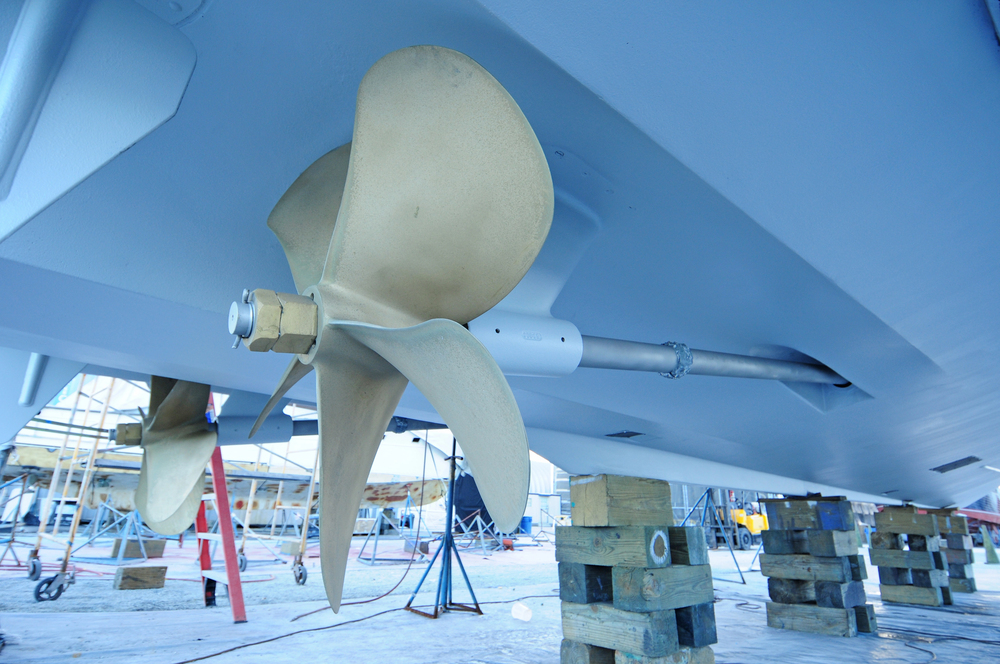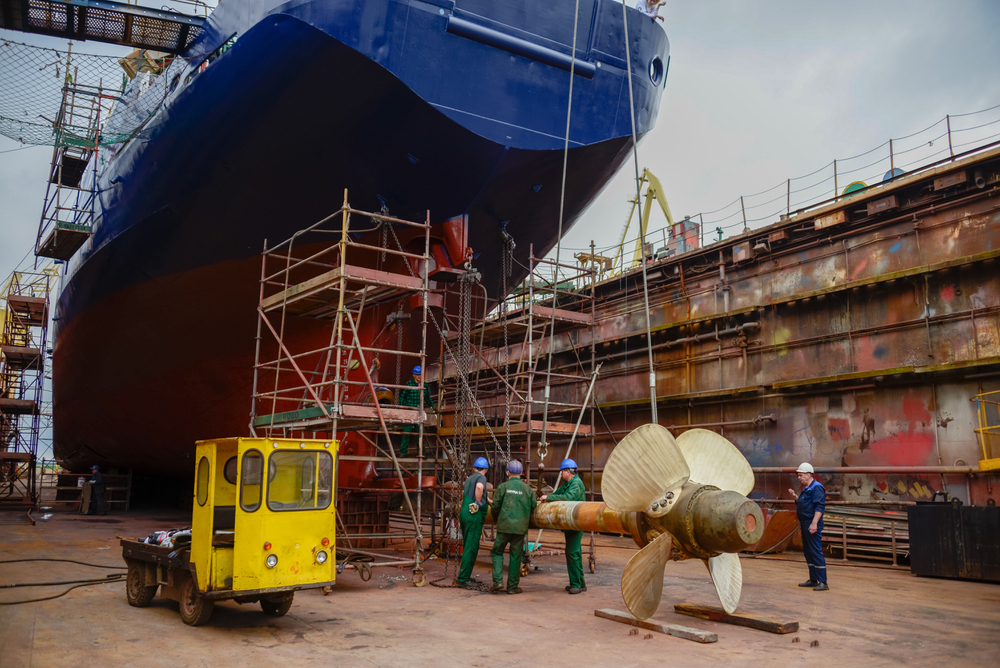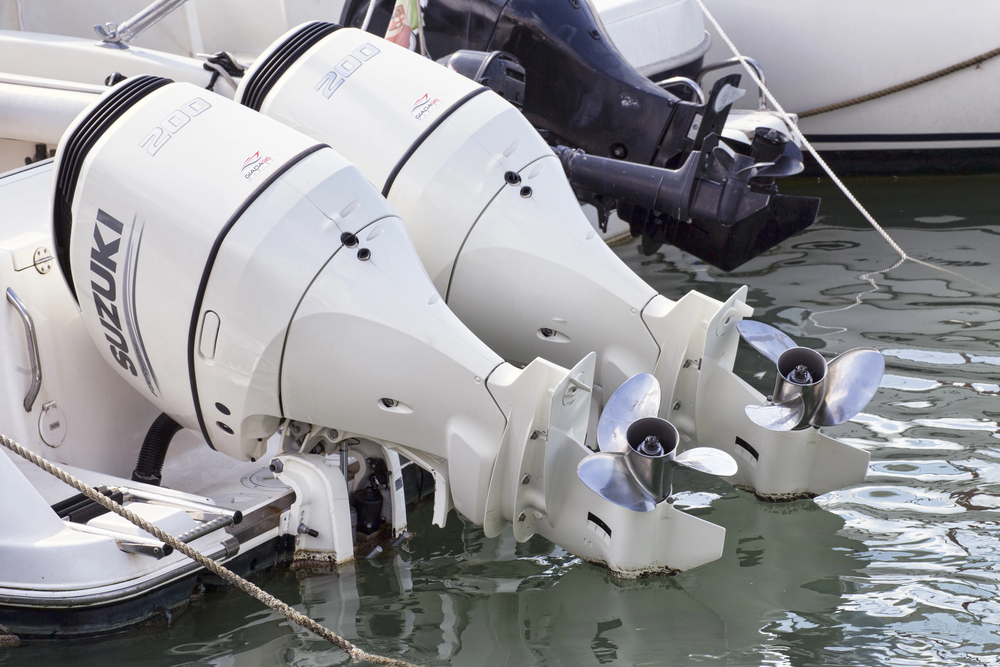Finding the right propeller for boat performance can make a major difference in how efficiently your vessel moves through the water. A properly fitted propeller affects acceleration, fuel use, and even the lifespan of your engine. Understanding size, pitch, and material helps every boater get smoother rides and longer-lasting equipment.
Understanding the Role of a Boat Propeller
The propeller on a boat works like the vehicle’s transmission, converting engine power into thrust that moves the hull forward. A well-matched propeller allows the motor to reach its recommended maximum revolutions per minute (RPM) without strain. Incorrect sizing can lead to excessive wear, slower speeds, or poor fuel economy.
Selecting the right propeller means striking a balance between top speed and efficiency. Too much pitch limits RPM, while too little pitch increases it beyond safe levels. This fine balance keeps your boat performing well across varying conditions, from smooth lakes to choppy coastal waters.
Diameter and Pitch Explained
Every propeller is defined by two measurements, diameter and pitch. Diameter refers to the distance the blade tips make in a full rotation, while pitch measures how far the propeller would move forward in one turn through solid material. These two numbers together determine how your engine performs.
A larger diameter propeller generally gives more thrust, suitable for heavier boats, while smaller ones offer faster acceleration. Adjusting pitch fine-tunes your boat’s speed and power output, allowing you to get the best mix of performance and engine safety on the water.
Choosing Between Aluminum and Stainless Steel
Material selection impacts how a propeller performs and lasts. Aluminum propellers are cost-effective, lightweight, and ideal for recreational use, making them a popular choice for casual boaters. However, they may bend or wear faster in rough or shallow conditions.
Stainless steel propellers are stronger and handle high speeds better. They maintain shape under pressure, improving handling and durability. While they cost more, stainless steel options can deliver consistent performance for those who frequently use their boat in varying marine environments.
Testing Wide-Open Throttle Performance
Testing the propeller’s performance at full throttle helps determine whether it matches your engine’s optimal power range. Boat manufacturers typically specify a recommended RPM range for wide-open throttle (WOT). If the engine exceeds this range, it indicates that the propeller pitch may be too low, and switching to a higher-pitch propeller could improve performance.
If the motor struggles to reach the correct RPM, the pitch may be too high, requiring adjustment. Testing under typical load and water conditions gives the most accurate results, helping owners achieve a prop setup that promotes balance between speed and efficiency.
Signs You Need a Propeller Adjustment
Performance loss can often point to propeller issues. If your boat takes longer to plane, loses top-end speed, or experiences vibration, the problem could lie with pitch, diameter, or damage. Addressing these symptoms early prevents costly repairs later.
Physical damage like bent blades or dents reduces thrust and creates an imbalance. Even minor imperfections can affect how the propeller interacts with water flow. Regular checks and maintenance help identify problems early and maintain your vessel’s steady and smooth operation.
Avoiding Cavitation and Ventilation Problems
Cavitation and ventilation both reduce efficiency but stem from different issues. Cavitation occurs when low pressure on the propeller blade causes vapor bubbles that collapse violently, eroding the surface over time. This can result from incorrect pitch or physical obstruction near the propeller.
Ventilation happens when air or exhaust gases mix with water around the blades, causing loss of thrust and increased RPM. This typically results from an engine mounted too high or improper trim angles. Regular inspection and proper installation minimize these issues.
The Importance of Proper Propeller Balance
A balanced propeller allows smooth power transfer and minimizes vibration. Even small differences in blade shape or thickness can disturb water flow and strain the drivetrain. Professional balancing makes sure all blades share equal weight and pitch alignment.
Unbalanced propellers can wear down bearings and seals, leading to mechanical problems. Investing in professional maintenance or using services like Hull2Prop’s hull cleaning and repair solutions helps maintain peak performance, extending the lifespan of your equipment and improving boating comfort.
Understanding the Impact of Boat Load and Conditions
Boat weight, passenger count, and gear placement all influence propeller performance. Heavier loads create more drag, requiring more torque for acceleration. Selecting the correct pitch helps compensate for these variations and maintains smooth handling.
Environmental factors such as water temperature and altitude also affect engine power. Warmer water and high elevations reduce performance, requiring slight pitch adjustments. Regularly testing and noting performance in different conditions helps identify the most efficient setup for consistent results.
When to Seek Professional Propeller Repair
If performance changes suddenly after an impact or heavy vibration, the propeller may need professional repair. A specialist can inspect for damage that may not be visible but still affects balance or pitch. Repairing instead of replacing often restores performance at a lower cost.
Professionals use precision tools to recondition blades, remove dents, and restore surface finish. Working with certified technicians improves performance and adds safety on the water, especially for frequent boaters or those navigating coastal areas.
Choosing the Right Propeller for Specific Boat Types
Different boat types have different propeller requirements based on their hull design and intended use. For instance, performance boats often require high-pitch props for faster speeds, while fishing boats may benefit from lower-pitch options that prioritize maneuverability and fuel efficiency.
Bowriders, pontoons, and sailboats also each require specific considerations for prop selection. Matching the propeller to your boat’s type and purpose results in optimal performance. A tailored approach guarantees the right balance of speed, fuel consumption, and engine load.
Keeping Your Boat Running at Its Best
A properly chosen and maintained propeller makes every trip smoother, faster, and safer. Matching your engine’s recommended RPM range, testing regularly, and keeping the blades balanced keep your setup in top form. Combining the right propeller design with proper maintenance extends your equipment’s life and saves fuel over time.
At Hull2Prop, we help you achieve peak efficiency through professional boat propeller service, hull cleaning, and anode replacement. Our experts handle everything from adjustments to repairs, giving you the confidence to enjoy every outing. For dependable performance and expert care, contact us today to keep your vessel performing its best year-round.







